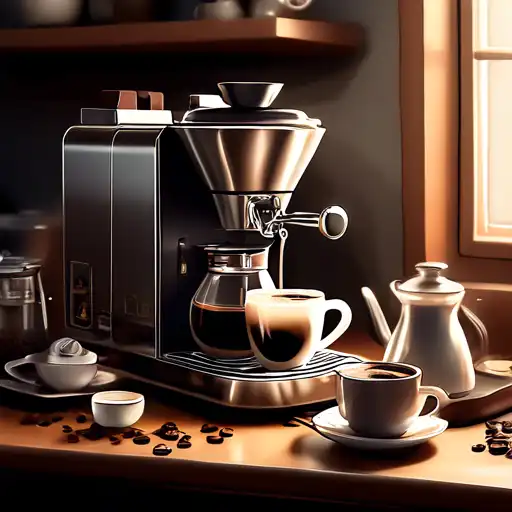Introduction to Homemade Coffee Mastery
There's nothing quite like the aroma of freshly brewed coffee filling your home. Mastering the art of making perfect coffee at home is not just about saving money; it's about crafting a cup that's tailored to your taste. Whether you're a novice or a seasoned coffee lover, this guide will walk you through the essentials of homebrewing perfection.
Choosing the Right Coffee Beans
The foundation of any great cup of coffee is the beans. Opt for high-quality, freshly roasted beans from a reputable source. Consider the roast level that suits your taste—light, medium, or dark—and don't shy away from experimenting with single-origin beans for unique flavors.
Grinding Your Coffee Beans
For the freshest taste, grind your beans just before brewing. The grind size should match your brewing method: fine for espresso, medium for drip coffee, and coarse for French press. Investing in a good quality burr grinder can make a significant difference in the consistency of your grind.
Water Quality and Temperature
Water makes up about 98% of your coffee, so its quality is paramount. Use filtered water to avoid any off-flavors. The ideal brewing temperature is between 195°F and 205°F. Too hot, and you'll extract bitter compounds; too cool, and you'll under-extract, resulting in a weak cup.
Brewing Methods Explored
There are several methods to brew coffee at home, each offering a different taste and experience. Here are a few popular ones:
- Drip Coffee Maker: Convenient and consistent, perfect for everyday use.
- French Press: Offers a rich and full-bodied cup.
- AeroPress: Versatile and great for experimenting with different brewing techniques.
- Espresso Machine: For those who love a strong, concentrated coffee.
Perfecting Your Brew
Experiment with the coffee-to-water ratio to find your perfect balance. A good starting point is 1 to 2 tablespoons of coffee per 6 ounces of water. Adjust based on your taste preferences. Timing is also crucial—over-extraction leads to bitterness, while under-extraction results in a sour taste.
Maintaining Your Equipment
Regular cleaning and maintenance of your coffee-making equipment are essential for the best taste. Residue and oils can build up over time, affecting the flavor of your coffee. Follow the manufacturer's instructions for cleaning your specific equipment.
Exploring Coffee Recipes
Once you've mastered the basics, why not explore some coffee recipes? From lattes to cold brew, the possibilities are endless. Experimenting with milk, spices, and sweeteners can add a new dimension to your home coffee experience.
Conclusion
Making perfect coffee at home is an art that requires patience, practice, and a bit of experimentation. By focusing on quality ingredients, proper techniques, and equipment maintenance, you can elevate your home coffee game to barista level. Remember, the best coffee is the one that tastes right to you.
